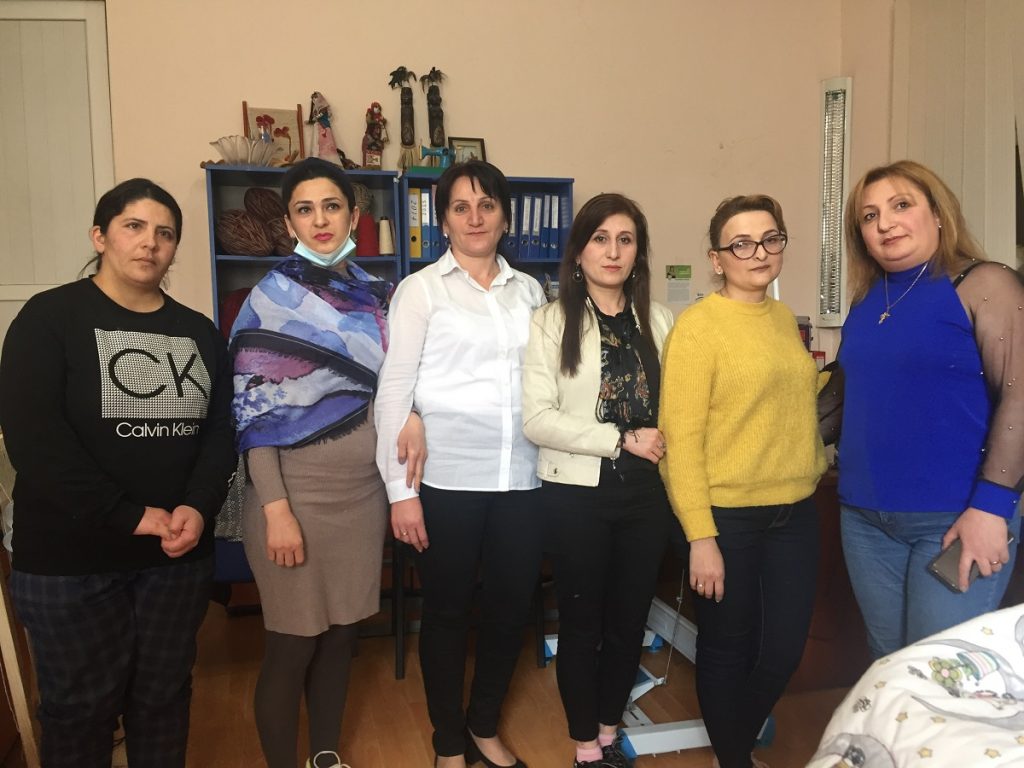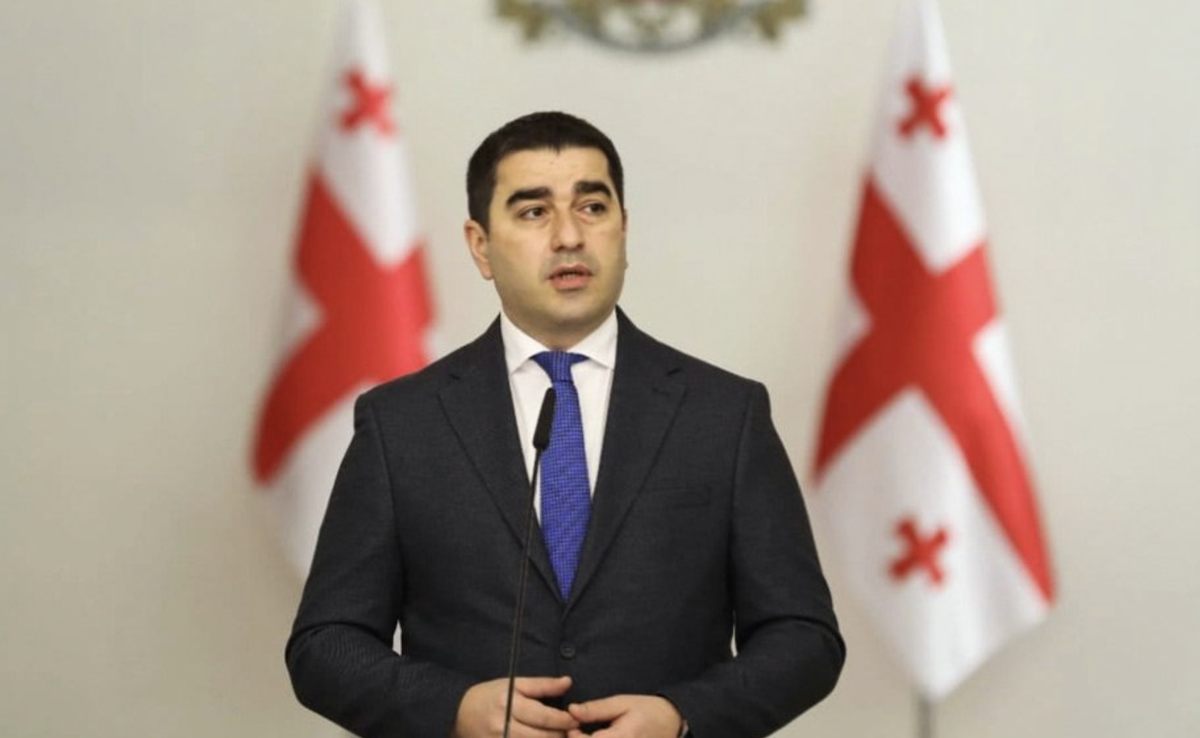What’s become of the thousands of refugee families near Karabakh?
Thousands of Armenian families were forced to leave their homes after the second Karabakh war, as the settlements where they lived came under the control of Azerbaijan.
Some of these people moved to other regions of Nagorno-Karabakh, some to Armenia.
The resource center for the development of women in the city of Goris has developed programs to assist women who have moved to the southern region of Armenia – Syunik region.
They are helped to start a new life, adapt to a new place of residence, master a new profession, and find a job.
- Women-only factory tackles unemployment in vulnerable Armenian families
- How have Armenian villages ended up in Azerbaijan?
- Life after the war: interview with young head of Armenian border village
Stay in Goris?
Alla Petrosyan has two children. Six months after the end of the war, she is trying to overcome post-war stress and start life anew in a new place.
“All our dreams were shattered, important things were left unfulfilled. For 13 years I worked at the Berdzor school, taught chemistry and biology. Since September last year, they have been appointed director of the Berdzor kindergarten, and the war has begun, ”says Alla.
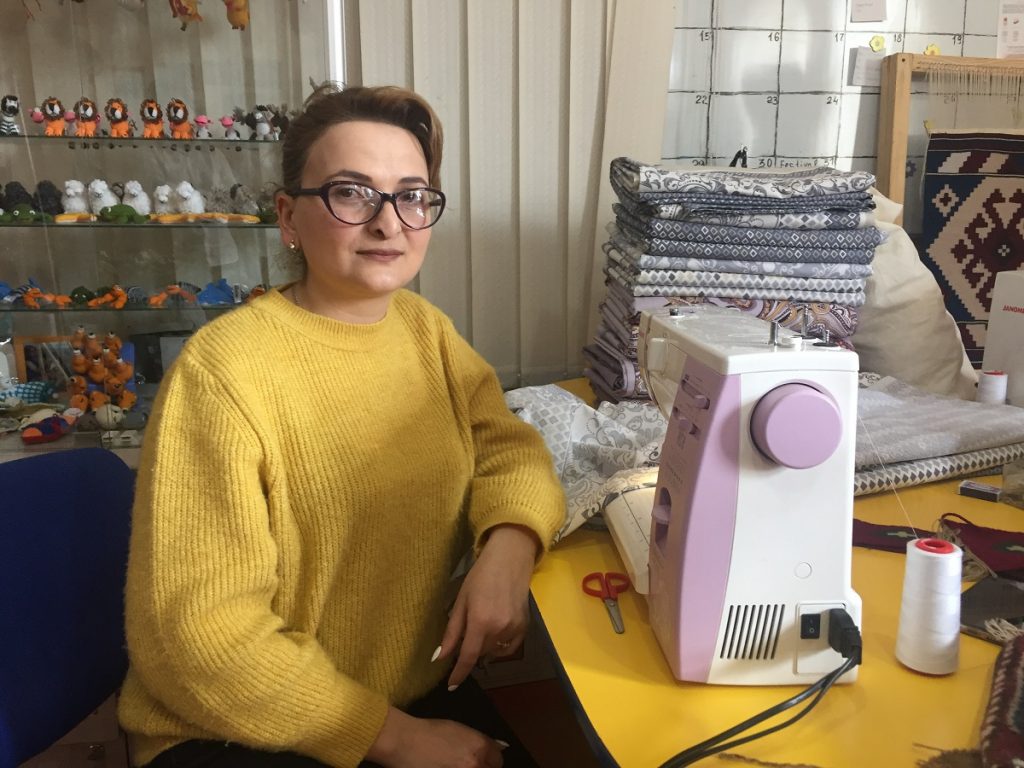
The city of Berdzor (Azerbaijani name – Lachin) passed to Azerbaijan following the results of the 44-day war. 2,200 residents of Berdzor left the city, many of them found refuge in the villages and towns of Armenia.
Alla’s family moved to the Syunik region of Armenia, to the city of Goris.
“Our whole family – my husband, our sons, mother-in-law, my husband’s brother – we will stay here. The husband has already found a job. And I work at the Women’s Development Resource Center. At work, I even manage to distract myself from thoughts of war. We are trying to overcome difficulties. Life goes on,” she says.
The organization is trying to help dozens of women who settled in Goris after the war, says Ruzanna Torozyan, director of the Goris resource center:
“Many of them plan to stay here for now and need work. And we are expanding our capabilities, have created a new workshop, where they learn handicrafts and develop their skills. We will start soon more professional courses – computer, accounting and business. And their best business projects will receive funding.”
Return?
Milena Oridians is also from Berdzor. She worked in the government emergency services. Throughout the war she was in the service, then the whole family – together with three children – moved to Goris.
“Since January I have been visiting the Resource Center. Back in Berdzor, I taught children to weave tapestries. Here I am learning to weave carpets, now I am mastering one Armenian pattern in an enlarged size. Soon I will start giving tapestry lessons here too,” says Milena.

At the same time, she is thinking about returning to Nagorno-Karabakh. In the village of Lisagor, the emergency services are building a new building and they hope to return to their work.
“My husband also works in the civil service for emergency situations. Perhaps we will move to Lisagor. I’m on vacation now. In Lisagor, conditions are not the best, there are also security issues, women are not yet allowed there. Let’s see how everything goes,” says Milena.
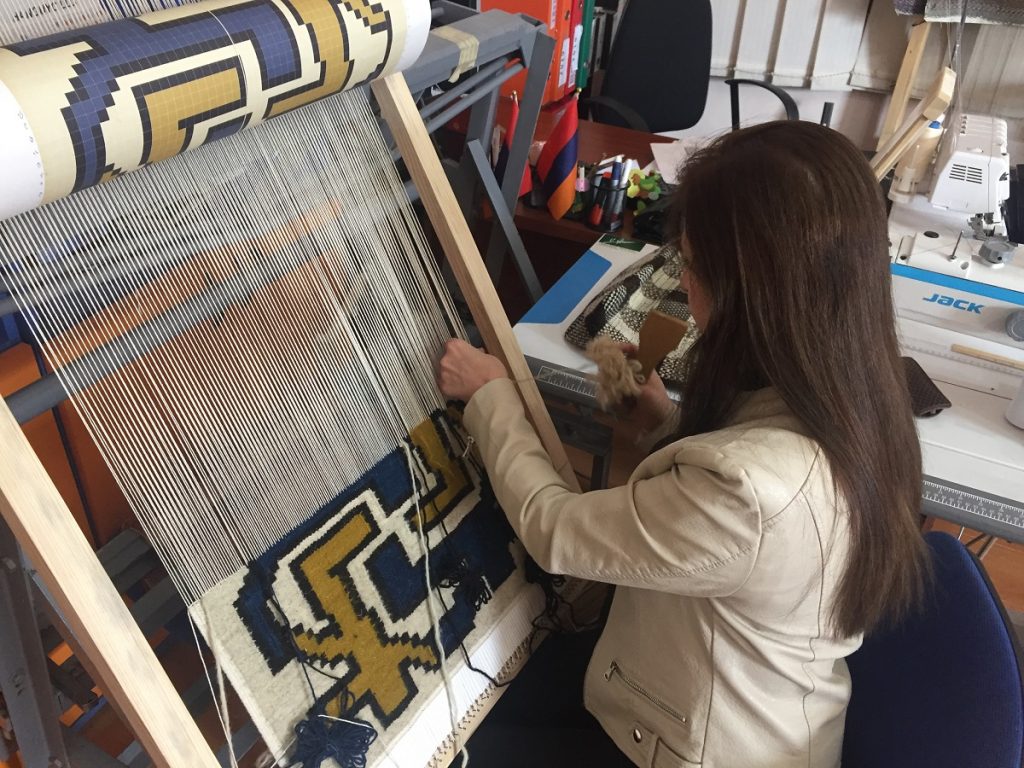
The women involved in the work of the Resource Center have been receiving salaries for two months already. The organization tries at this stage to solve their social problems, providing them with work.
“They overcame the stress, the psychological state stabilized – compared to the state in which they were in the first days after arrival. Now they are better, they are more confident, calmer. For these women, this concern for them is very important. They are learning new professions, and we will contact employers, arrange for them to work, ”says the head of the center Ruzanna Torozyan.
Center projects
The Goris Women’s Development Resource Center implements various humanitarian projects. Some of them are implemented with the support of the Armenian diaspora.
“As soon as we received the first tranche of aid, we attracted Karabakh women to our work. We assessed the possibilities: what they would like to learn, how they envision their future. We now have 60 women on our list who would like to master various specialties.
The Armenian community in Australia donated sewing machines and we attracted young women to sew bed linen. We are conducting courses for cooks, 10 people have already completed their training, four of them have returned to Artsakh, two have already found work in Stepanakert. The rest are here for now. We continue to organize courses. In parallel, we are researching the market in order to understand what vacancies can be found to provide these people with jobs.”
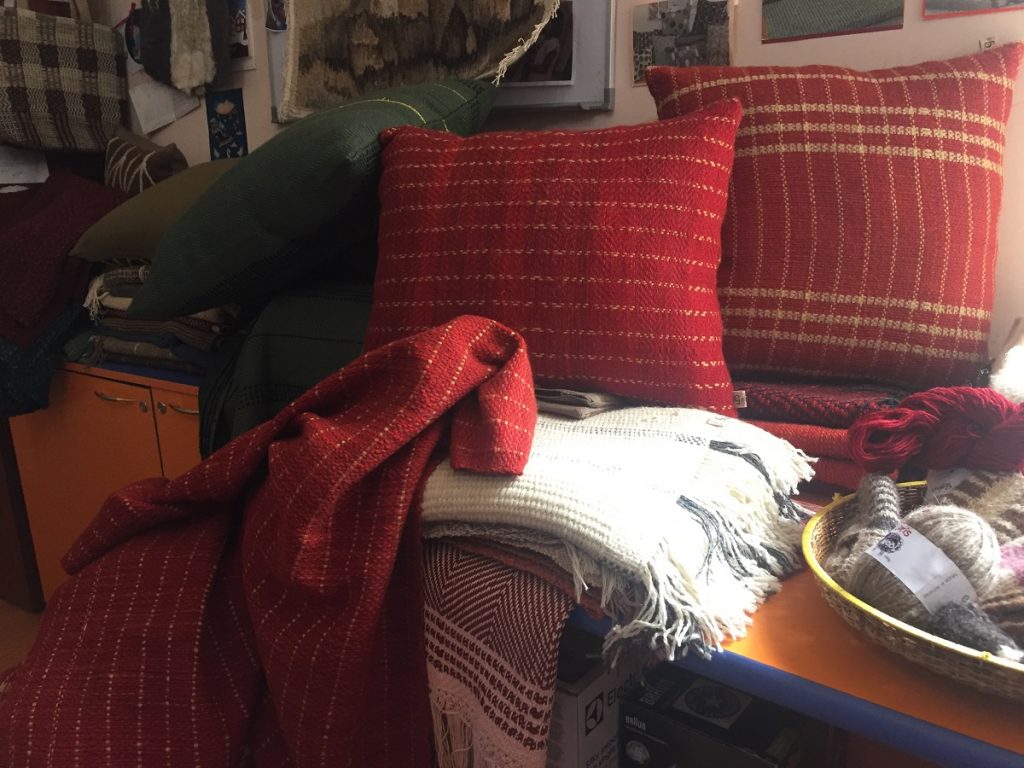
Goals and objectives
The Women’s Development Resource Center is part of the Winnet Armenia network, which includes eight similar organizations in six regions of Armenia.
“The goal is to raise the role of women in the life of communities, to help strengthen their socio-economic status, to enable them to participate in decision-making processes at the community level. These are the main tasks that we have been solving during 10 years of activity.
In 2003, I became the first woman to become a member of the Goris Council of Elders, and I realized that in fact women have great potential. It is an unacceptable luxury not to use it, ”says Ruzanna Torozyan.
The center considers it important to provide women with jobs so that they are economically independent. But, according to the head of the organization, it is difficult to solve the issue of employment in a community where there is a shortage of jobs. To solve this problem, the Resource Center organized needlework courses and began to create jobs by itself:
“For eight years now, Goris Crochet has 50 women who crochet various products, and we provide sales and export. At the same time, we began to develop carpet weaving in the villages. And in order not to carry yarn from Yerevan every time, since 2015 they have established a yarn production in the village of Shinuair – the largest and poorest village in the region.
We also created a social enterprise “From Wool to Carpet” and provided jobs for 18 women. We started working with local farmers – buying wool, washing, spinning – and gradually organized textile production.”

Overall, the center now employs 65 women through its programs.
“Now we have started handicraft work in the village of Verishen. 10 women were trained to work in the textile industry. We are planning to expand it, to produce also handbags for women. We sell products online only. Hotels order carpets for us, bedspreads for sofas, bed linen. And everything is made of natural threads, ”says Ruzanna Torozyan.
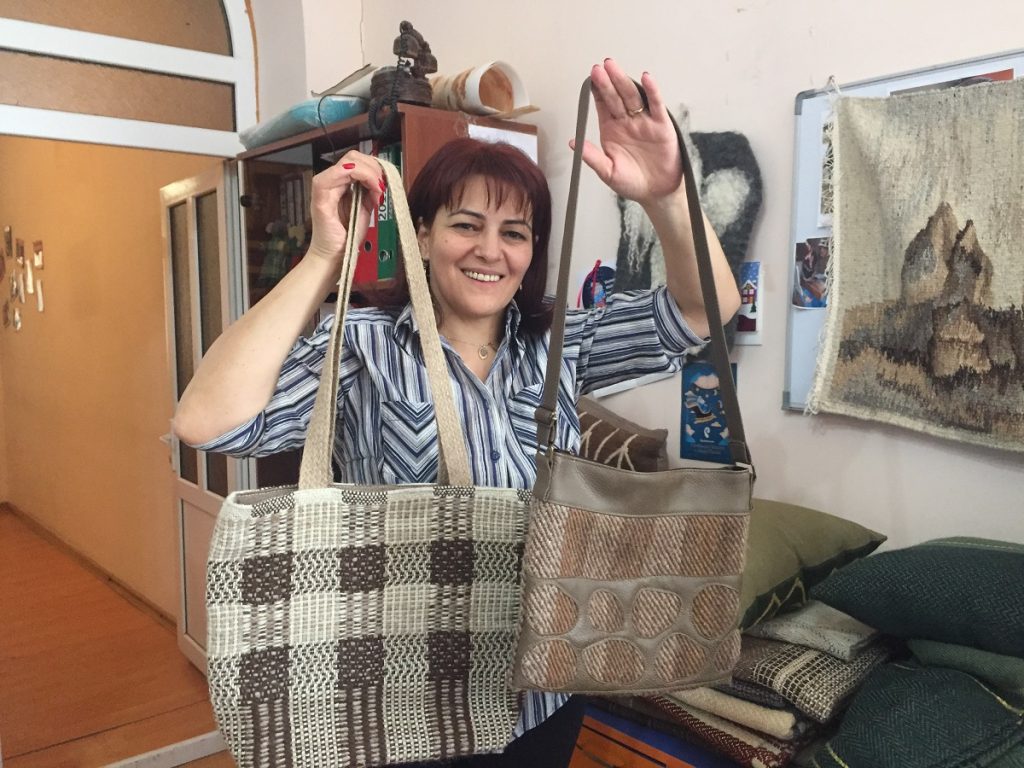
По ее словам, пандемия коронавируса и война стали серьезным вызовом, но центр ищет пути для преодоления возникших сложностей:
«Летом мы участвовали в онлайн-фестивале, где показали весь процесс нашего производства. Целый день мы проводили онлайн-мастер-классы. И после этого получили много новых заказов. Стали искать новые возможности в социальных медиа. Теперь проводим даже платные онлайн-мастер-классы».
В центре считают важным параллельно с уроками рукоделия обучать женщин тому, как позиционировать себя на социальных медиаплощадках.
«Важно усилить знания женщин и в этом. Чтобы они могли, например, подключиться к Zoom и через эту и другие онлайн-платформы представлять свои работы, предоставлять услуги и зарабатывать», — говорит Рузанна Торозян.
